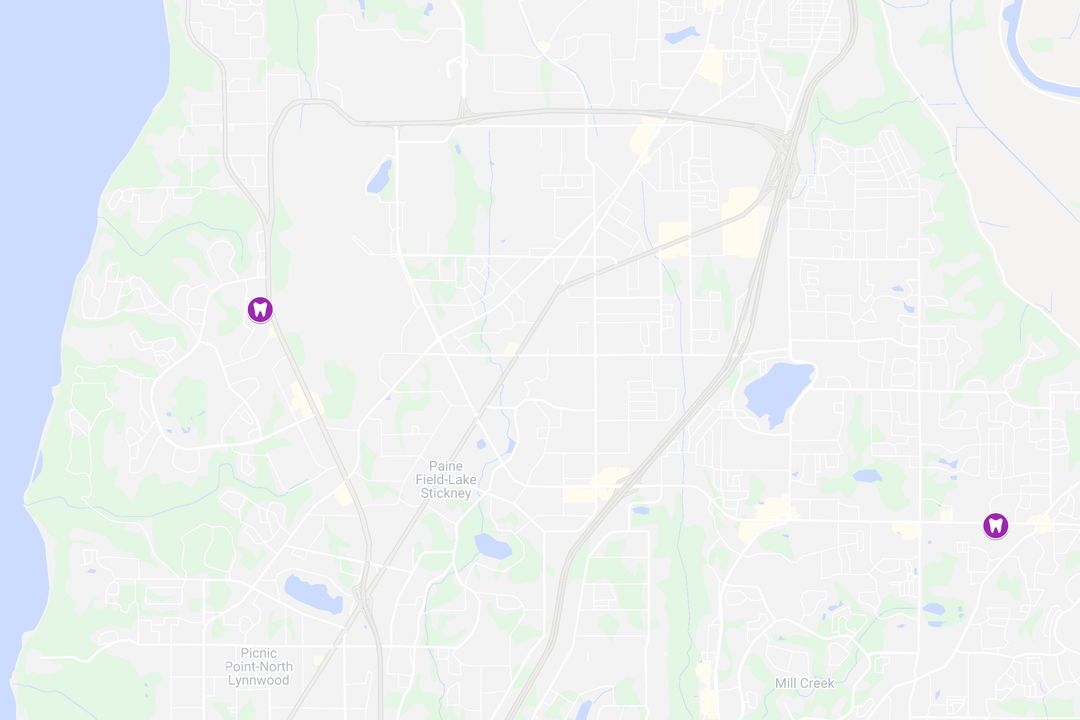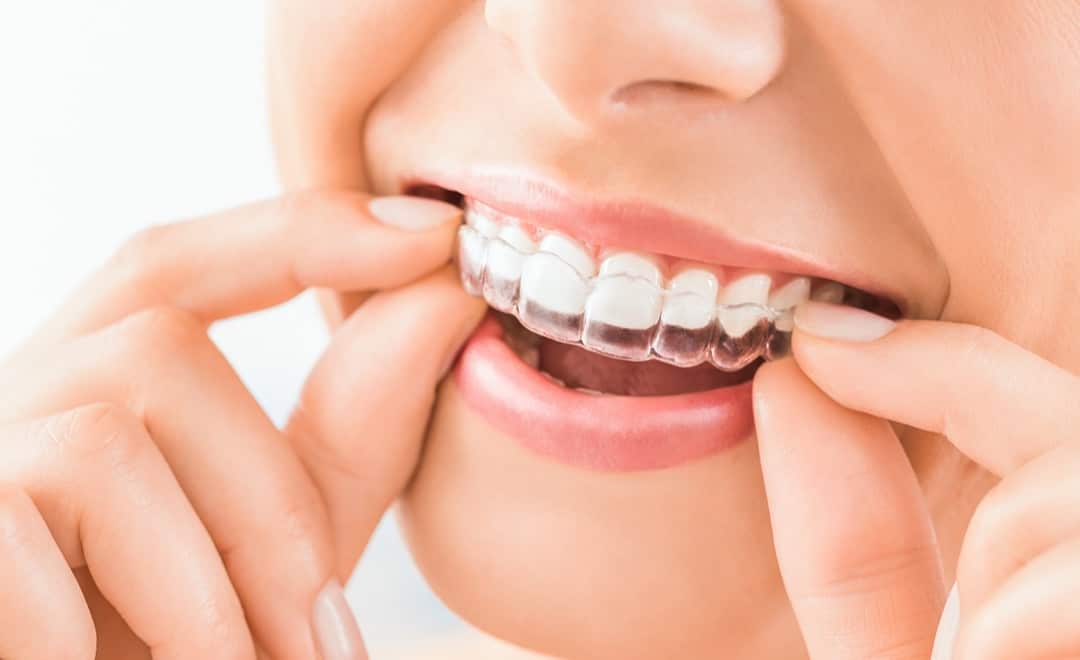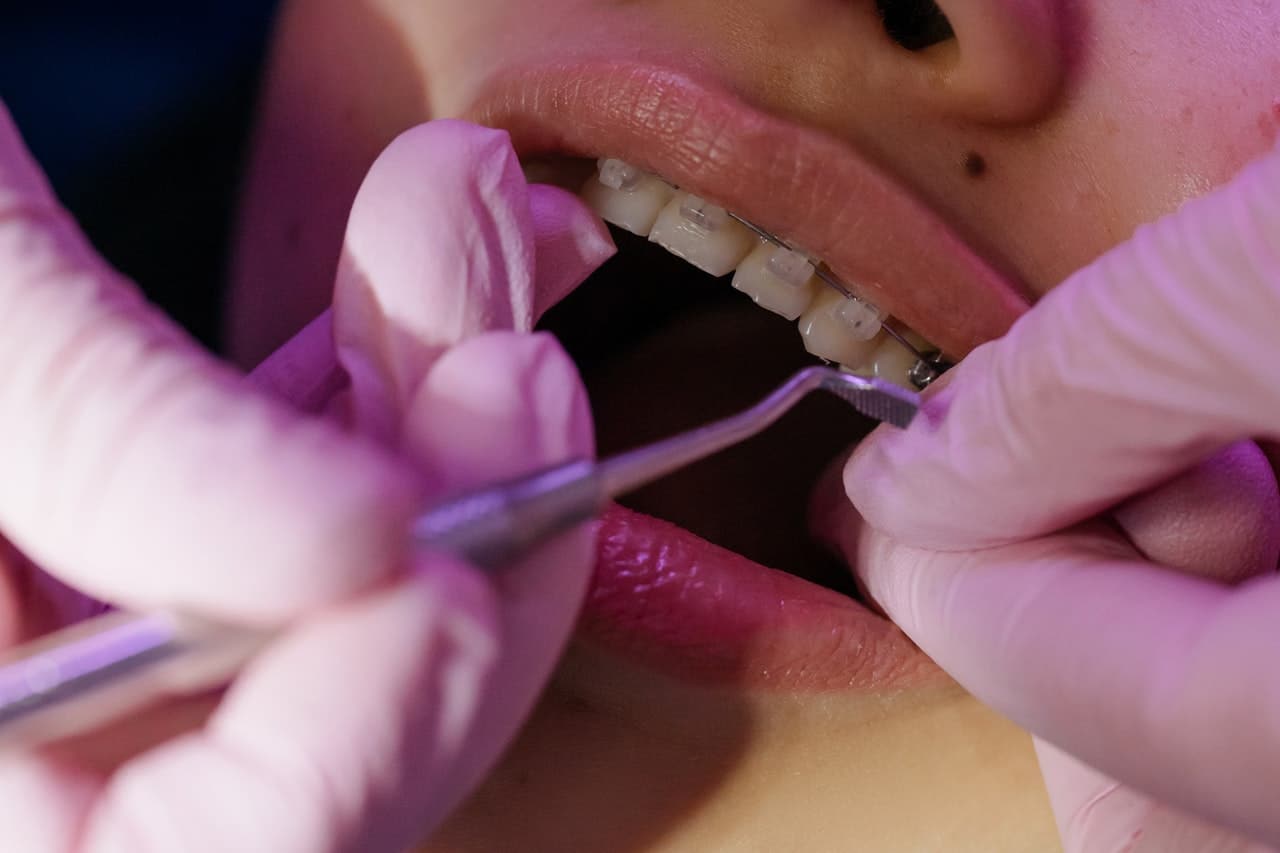Getting introduced to orthodontics is like getting introduced to a whole new facet of life. There are new procedures, new terminology, and new tools to use. One of those tools that you may find yourself needing and using is dental wax. If you’ve never heard of dental wax before, you may be wondering what exactly dental wax is.
What It’s Made From
Dental wax is a clear form of wax that is made from safe, nontoxic materials. It’s safe enough that you don’t need to worry if some of it gets swallowed by accident. Paraffin wax, beeswax, and carnauba wax are some of the nontoxic, natural substances that dental wax is made from. Dental wax made from paraffin wax is most common. This type is typically both colorless and tasteless, though you may find some dental waxes that have flavorings in them. Dental wax is made to be firm when cool, but pliable when warmed to body temperature.
What It’s For
Sometimes dental wax is called braces wax or orthodontic wax. That’s because it is frequently used for braces. Braces frequently rub against the delicate tissues of the mouth, which can cause discomfort and irritation. This happens most often after the braces have been first put on and after adjustments have been made. That rubbing can lead to painful sores developing. Putting some dental wax over the braces in the area that is rubbing can help protect the mouth as it adjusts to the braces. It can also be used if your braces become damaged and start poking your mouth.
How to Use It
Using dental wax is pretty simple. Before applying it, be sure to wash your hands thoroughly. Brush your teeth as well so that the wax won’t be placed over dirty teeth. To use it, take a small piece and roll it between your fingers. This will warm and soften it so you can shape it as you desire. Once it’s the shape you want it, place it over the bracket or wire and press firmly to help it stay in place. Replace the wax often and don’t keep it in place for more than two days. You can brush it off with a toothbrush or pull it off with your fingers to remove it. If you still need the wax after removing it, use a fresh piece.
Anyone who’s ever had braces can tell you that they can be a little rough on the mouth, at least at the beginning. Dental wax is one of the tools you can use to help alleviate that discomfort and reduce your risk of injury if a part of your braces breaks. Remember, if you ever have concerns about your braces, you can always bring them to Dr. Matthys and Dr. Carver. He can help you get the answers you need and make sure everything is good to go with your braces.
Loose bands and brackets, along with broken or damaged archwires mean you need emergency orthodontic care. Learn more about how we take care of your emergency care needs here: Emergency Care




